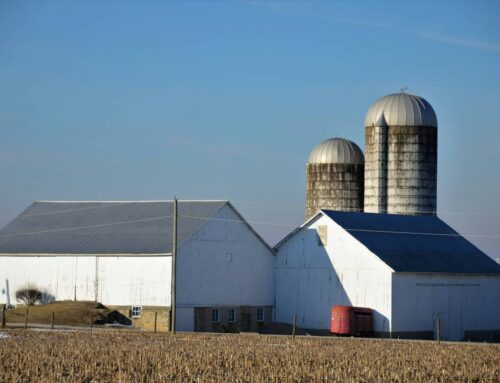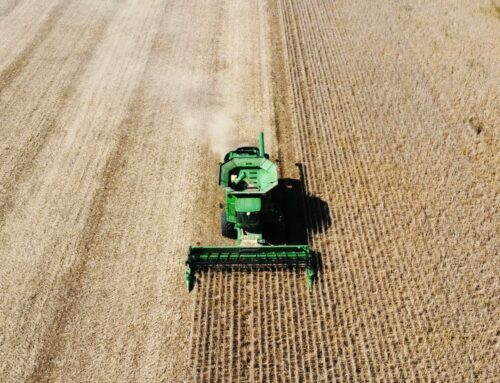Lawmakers preparing for debate on reauthorizing federal farm programs just received a wealth of information on exactly what farmers and ranchers benefit from these programs.
The Environmental Working Group (EWG) today updated their farm subsidy database to include governmental subsidies provided by programs authorized in the 2014 farm bill.
As expected the math shows that current federal financial safety net for agriculture continues to reward a small number of special interests and large agribusinesses at the expense of taxpayers, consumers, and even most farmers and ranchers.
According to the EWG data, between 1995 and 2016, the top 10 percent of subsidy recipients received 77 percent of subsidies for a “covered commodity” (mainly corn, cotton, wheat, soybeans, and rice). The top 1 percent received 26 percent of all subsidies, or $1.7 million per recipient. In 2016 alone, 15 of the largest farming operations each received more than $1 million in taxpayer subsidies. The largest recipient, Deline Farms Partnership, received more than $4 million after receiving more than $2 million in 2015. According to USDA the average payment per farm receiving governmental subsidies is less than $15,000.
This concentration of tax dollars on a small number of producers growing a handful of crops is in line with reporting from both the United States Department of Agriculture (USDA) and the nonpartisan Congressional Research Service (CRS). USDA’s most recent report shows that of the nearly 2 million farm households in the United States only 16 percent participate in the federally subsidized crop insurance program and only 28 percent receive any funding from various “commodities” programs. In fact fully 72 percent of farms received $0 in farm payments. Because the biggest subsidy programs tie support to specific crops, CRS found that since passage of the 2014 farm bill, six crops (corn, wheat, soybeans, cotton, rice and peanuts) accumulated 94 percent of payments – all while only accounting for 28 percent of agricultural receipts. Growers of vegetables, tree nuts, fruits, and most livestock receive nothing.
Farm bills routinely cost more than promised, but the 2014 bill was supposed to be different. Three years into the bill, conservation and nutrition programs are much cheaper than anticipated, while promised savings in programs subsidizing agricultural incomes are failing to materialize.
While there are many other pressing issues, taxpayers can’t afford to ignore farm bill deliberations. Taxpayers need a better understanding of exactly who benefits from farm bill programs if we’re going to produce safety nets we can afford. EWG’s database helps shed light on who is helped and who is harmed by farm bill programs. Lawmakers should make themselves intimately familiar with these details.










